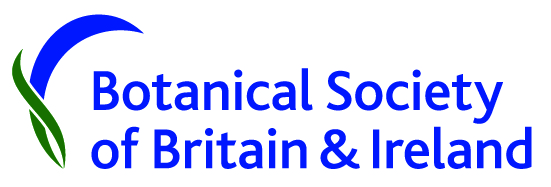Changing status of Blysmus compressus (Flat Sedge) in the Sefton Coast sand-dunes, north Merseyside, UK
DOI:
https://doi.org/10.33928/bib.2019.01.070Keywords:
Declining species; dune management; dune-slacks; grazing; rabbits; vegetation overgrowthAbstract
A 2018 survey of the nationally ‘Vulnerable’ Blysmus compressus (Flat-sedge) in the Sefton Coast sand-dunes, north Merseyside (v.c.59, South Lancashire), aimed to update information collected on distribution and habitats a decade earlier. As in 2008, the plant was mainly found in calcareous dune-slacks of recent origin, with short, open, species-rich vegetation on gley soils with a relatively high pH. Sites with a lower sward height supported a higher percentage cover of B. compressus. The largest populations were associated with sites that had been disturbed by recreational trampling, occasional vehicle use and/or grazing, especially by rabbits. Twenty-two sites were recorded, seven being new. Overall, the area occupied by B. compressus declined by 17%, two 2008 sites being lost. Similarly, an estimate of 15-20,000 plants in the earlier survey fell to 12,600. Losses were attributed to vegetation overgrowth and scrub development, partly resulting from lower rabbit numbers and reduced management input. The plant occurred in a range of vegetation types but matches to known UK National Vegetation Classification communities were generally poor. Management methods to conserve B. compressus and other vulnerable taxa are discussed.
Downloads
Published
Issue
Section
License
Copyright (c) 2019 Philip H. Smith

This work is licensed under a Creative Commons Attribution 4.0 International License.
Copyright and licence: Authors (or their employers) retain their copyright in articles and images published in British & Irish Botany and are not required to assign this to the Botanical Society of Britain & Ireland (BSBI). All that BSBI requires from authors is a license to publish the article in British & Irish Botany and make it freely available to all in pdf format under the terms of Creative Commons Attribution 4.0 International Public License, which also enables BSBI to reproduce components of the article in other BSBI outputs (eg. BSBI News, the BSBI website and/or the BSBI News & Views blog) for publicity purposes. The licence code can be accessed here:

